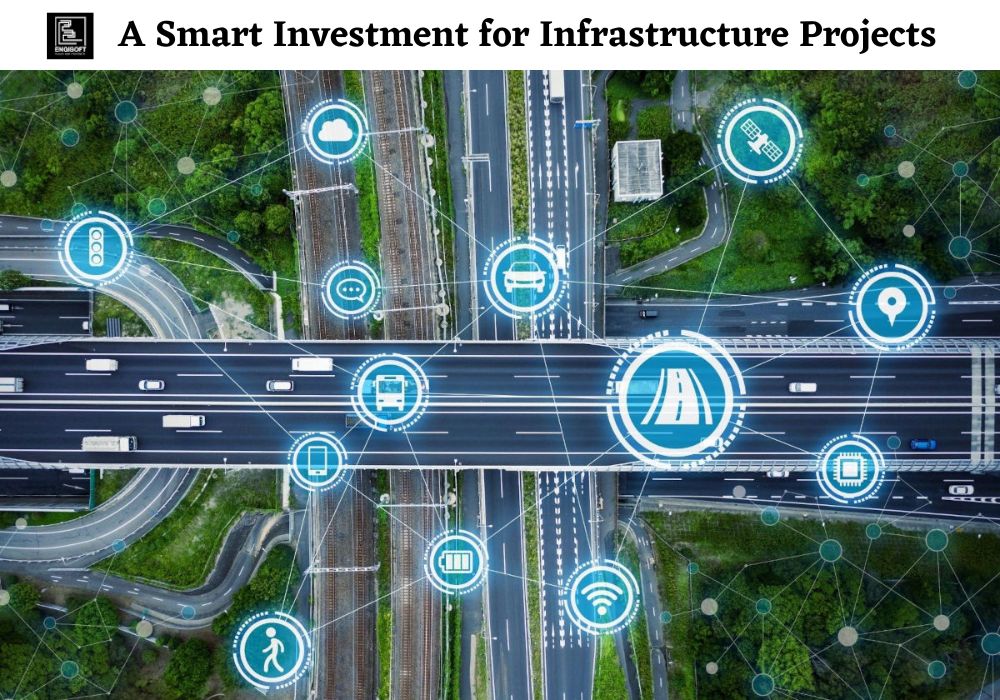As portrayed by their robust infrastructure, developed economies such as SHARJH, AJMAN, ABU DHABI
SAUDI, UAE are already enjoying the benefits reaped from BIM implementation. Similarly, in a bid to gain power and dominance over others, countries across the globe are investing billions into infrastructure development that consist of roads, tunnels, bridges, dams, stadiums etc. To ensure that these projects are feasible, governments need to ensure that they are completed economically and ready for safe public use in a quick time span. Needless to say, BIM for Infrastructure Services are thus of the utmost value for governments to successfully execute these projects.
Building Information Modeling is an effective process that enables architects, engineers, designers and construction professionals to plan, design, construct and manage buildings with appropriate tools that enhance collaboration along with improving productivity and output quality. Earlier, the capabilities of BIM were restricted to vertical construction like residential and commercial buildings. However, recently its importance has also been realized in the field of infrastructure.
Below, we will understand how the various advantages of BIM translate across different stages of an infrastructure project.
BIM implementation in infrastructure planning and designing stage
BIM provides crucial tools for infrastructure development right from project onset by allowing architects to map out the appropriate infrastructure design that optimize the usage of available land. It also provides tools for proper collaboration between AEC professionals working on the project, thereby enhancing operational efficiency and quality output in a shorter turnaround time.
Additionally, its clash detection and 3D visualization capabilities allow AEC professionals to recognize any challenges that would arise with the proposed design. This provides them with time and opportunity to find solutions and ways around the said roadblocks to eliminate on-site clashes and inconsistencies that result in expensive reworks and budget expansions.
BIM for better control over cost and time
The two key aspects when it comes to infrastructure projects that could go out of control are time and money. Infrastructure projects owing to their size and complexities often end up spanning years. Moreover, a lot of times the infrastructure projects are under media and governmental scrutiny where they can’t afford to mess up on any aspect especially the time and cost factor.
It is thus crucial to plan and schedule each phase of the project which is what the 4th and 4th dimensions of BIM are concerned with. It allows for accounting for all of the considerable amount of time and money involved in these projects. Using BIM allows project managers to gain better control over these aspects of the project by availing quick government approvals while maintaining a favorable image for seamless investment acquisition and retention.
BIM for Facility Management
Simply completing the construction of the infrastructure is not where the project ends. The structure requires frequent maintenance and upkeep. BIM models are used for construction and as built models are essential for maintenance, renovation and refurbishment projects. BIM models that were used for construction can be updated to reflect the onsite changes to create as-built models. These provide all necessary information like the location of components, the manufacturer’s details, serial numbers etc. So the facility managers have a handy database which they can refer to and quickly carry out their scheduled maintenance tasks, monitor for updates and ever make any repairs.
Furthermore, these as-built models help with carrying out energy analysis to ensure the structure’s sustainability. Proper management of infrastructure is extremely important because any mistakes or ignored problems could cause lot of money and resources or in worst case it could have adverse repercussions. Thus, once constructed using BIM, it could help in ensuring effective facility management.
Scan to BIM for Renovation
A major percentage of today’s existing infrastructure is in need of repair and renovation. This includes roads, bridges, water treatment plants, dams etc. It would be quite risky and error prone to go through with these projects using conventional methods. Utilizing Scan to BIM Services provides the exact information about the infrastructure’s conditions so that it becomes convenient for AEC professionals to properly understand the current design and plan the necessary renovation without damaging the existing structure.
Many a times, the scope of renovation projects also include expansion. For this, architects and engineers must have a holistic view of the entire existing network which includes electrical lines, wastewater pipelines, gas lines etc. so that there are no clashes between the proposed design and existing facilities. Finally, it also provides the more conventional BIM deliverables stated above ensuring that the project is completed with minimal errors within the allocated time and budget.
Summing Up
Construction Companies that capitalize on the aforementioned benefits of BIM for infrastructure enjoy a competitive leverage over others in the market. It is a smart investment in the long run that would allow them to undertake and successfully execute more projects in a shorter time.











